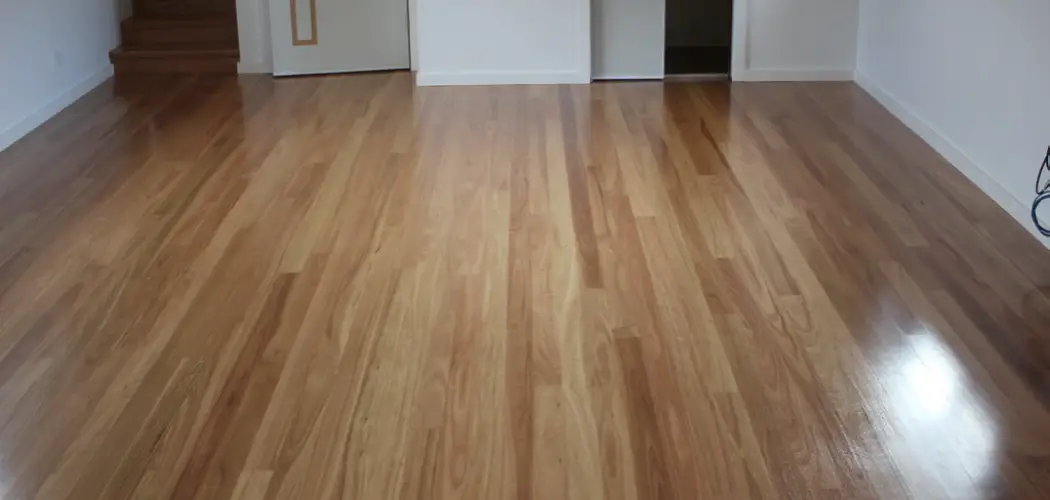Acclimating hardwood flooring is a crucial step in ensuring the success and longevity of your wood floors. This process involves allowing the hardwood to adjust to the environmental conditions of the installation site, including temperature and humidity. Acclimation prevents issues such as warping, buckling, and gaps that can occur if the wood isn’t properly conditioned. In this article, we will explore how to acclimate hardwood flooring.
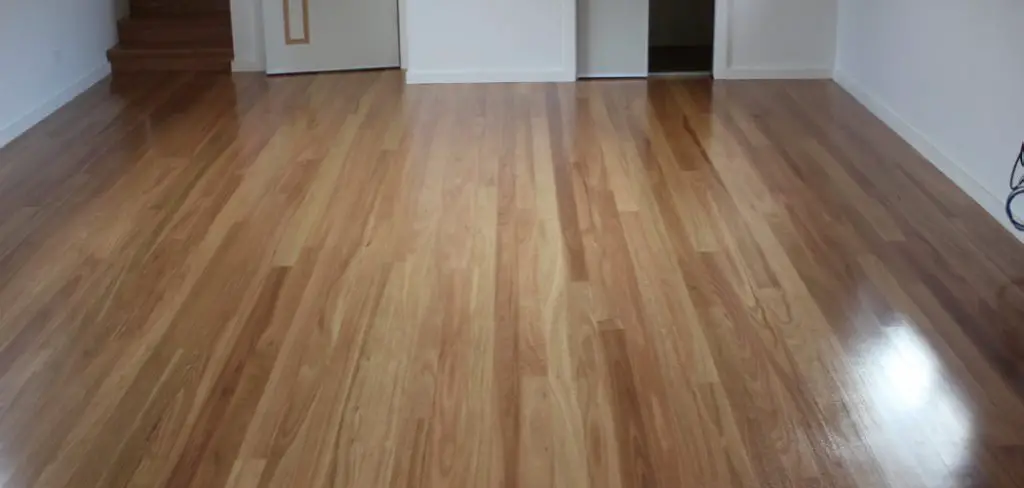
This includes recording the moisture content of both the wood and the installation area, controlling the environment, measuring the moisture levels, stacking the wood planks, and double-checking that the acclimation process is complete. Proper acclimation, typically recommended for a minimum of three days but with no maximum suggested, ensures that your hardwood floors perform well and maintain their beauty for years to come.
The Importance of Acclimating Hardwood Flooring
Acclimating hardwood flooring is an essential step in the installation process, and it is often overlooked or misunderstood by homeowners. This crucial step ensures that your hardwood flooring will perform as expected and have a longer lifespan. In this section, we will discuss the importance of acclimating hardwood flooring and how to properly do it.
What is Acclimation?
Acclimation is the process of allowing wood planks to adjust to their new environment before installation. It involves exposing the planks to the same temperature and humidity levels as the room they will be installed in. This process allows the wood to expand or contract accordingly, preventing issues such as warping, buckling, or gaps between planks. Acclimation is particularly important for solid hardwood flooring, which is more prone to these issues than engineered hardwood.
Why is it Important?
Acclimating your hardwood flooring ensures that it will have a stable and secure installation. If the wood is not properly acclimated, it may expand or contract after installation, causing significant problems. For example, if the planks were installed in a dry environment but are then exposed to high humidity levels, they may absorb moisture and expand, causing them to buckle and create gaps between planks.
10 Methods How to Acclimate Hardwood Flooring
1. Start by Acclimating the Hardwood Flooring in the Room
Before you begin installing your hardwood flooring, it is important to acclimate it in the room where it will be installed. This process helps to ensure that the wood has had time to adjust to its new environment and minimize any potential warping or cupping issues down the road. To acclimate your hardwood flooring, place the boxes of planks in the room for at least 48 hours prior to installation.
2. Keep Temperature and Humidity Levels Stable
To ensure that your hardwood flooring is properly acclimated, it is important to maintain stable temperature and humidity levels within the room during this period. Ideally, you should keep both temperature and humidity levels between 55-85 degrees Fahrenheit and 30-55% relative humidity, respectively. If possible, use a hygrometer or thermometer to monitor these levels throughout the acclimation process.

3. Open Up All Boxes of Flooring
Once you have placed all of your boxes of flooring in the room, make sure to open them up so that air can circulate around them properly. This will help ensure that all sides of each plank are exposed to similar levels of temperature and humidity during acclimation. Additionally, make sure not to stack any boxes on top of one another, as this could lead to uneven acclimation across different planks.
4. Place Planks on Top of Spacers
When placing your planks on top of spacers (or other materials such as foam underlayment) during acclimation, make sure not to stack them too close together, as this could lead to uneven expansion across different planks due to differences in temperature and humidity levels between them.
Instead, leave at least 1/8” gap between each plank so that they can move independently from one another during acclimation without affecting each other’s expansion rate.
5. Monitor Moisture Content Regularly
During the acclimation process, it is important to monitor moisture content regularly using a moisture meter or other device designed for this purpose. The ideal moisture content for hardwood flooring should be between 6-9%, though this may vary depending on your particular product and climate conditions within your home or building site.
Make sure not to install any planks until their moisture content has stabilized within an acceptable range over several days or weeks, if necessary, before proceeding with the installation.
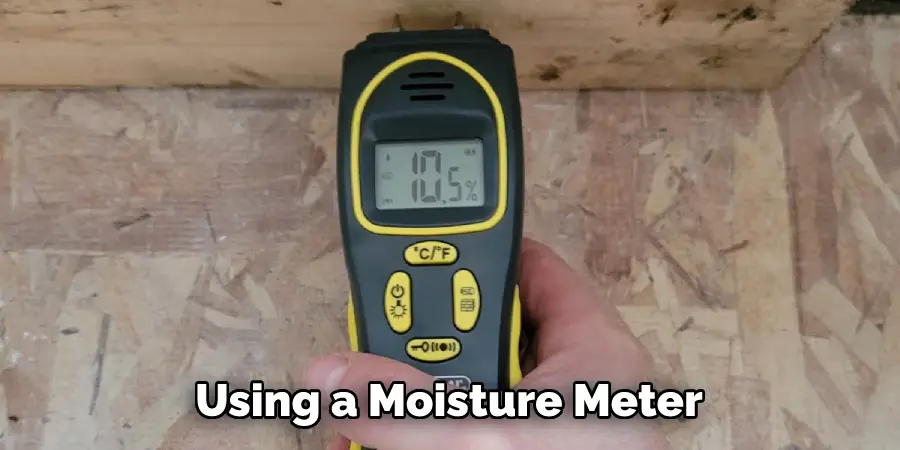
6. Use Fans and dehumidifiers As Needed
If necessary, you can use fans and dehumidifiers during the acclimation process in order to more quickly reduce humidity levels if they are too high or increase them if they are too low within a given area of your home or building site where hardwood flooring is being installed. Doing so can help speed up the overall acclimation process while still ensuring that all sides of each plank have been exposed evenly throughout this period prior to installation.
7. Avoid Direct Sunlight
Direct sunlight can cause hardwood floors to expand faster than normal due to higher temperatures within a given area, which could lead to buckling issues down the road after the installation has been completed. Therefore, it is important to avoid exposing any areas where hardwood flooring is being installed directly to sunlight during both pre-installation preparations as well as post-installation maintenance.
8. Move Boxes Around During Acclimation Period
In order to further ensure even exposure across different sides of each plank, make sure to move boxes around periodically throughout the entire course of the pre-installation preparation period .. Doing so will expose all sides of each plank to similar temperatures and humidity levels, thus helping minimize potential warping cupping issues after the installation has been completed.
9. Install Baseboards & Trim Prior To Installation
Installing baseboard trim prior to the actual installation itself also helps prevent warping cupping issues since these items provide extra support along perimeter walls and floors themselves .. Installing baseboard trim also gives homeowners the opportunity to hide gaps and seams between walls and floors which may occur due natural movement of wood over time.
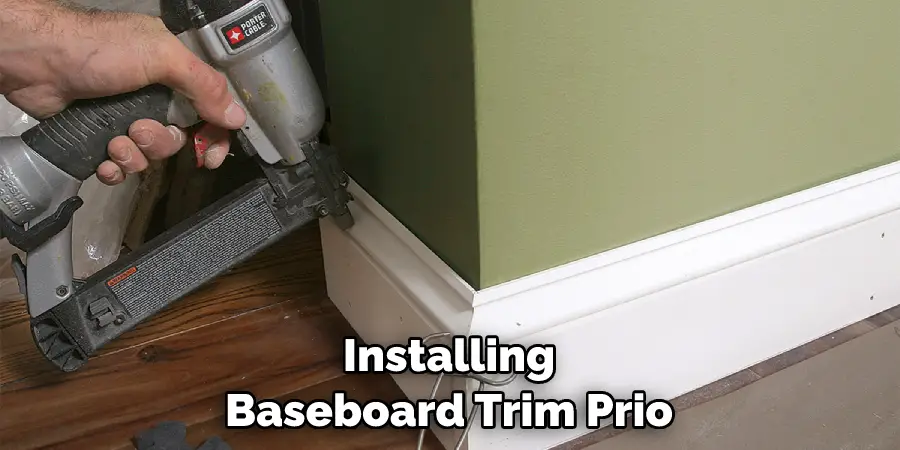
10. Wait At Least 24 Hours After Installation Before Moving Furniture In
Finally, once the entire installation process is complete, wait at least 24 hours before moving the furniture back into space giving the wood time to settle into its new environment .. Doing so will help reduce the risk of warping cupping due to sudden changes in weight distribution caused furniture items being moved around the room.
Things to Consider When Acclimating Hardwood Flooring
Acclimating hardwood flooring is an essential step in the installation process. It involves allowing the flooring material to adjust to its new environment before it is installed. Here are some important things to consider when acclimating hardwood flooring:
- Timeframe: The amount of time needed for acclimation will depend on the type of wood and the moisture content of both the wood and the installation site. It is recommended to allow at least 3 days for acclimation, but this may vary. It is important to follow the manufacturer’s recommendations for acclimation time.
- Temperature and humidity: The ideal conditions for acclimating hardwood flooring are a temperature between 60-80°F (15.5-27°C) and a relative humidity of 30-50%. Extreme temperatures or high levels of humidity can affect the moisture content of the wood, so it is essential to have controlled conditions during this process. It is also important to note that the temperature and humidity of the installation site should be relatively consistent year-round to prevent future issues with the flooring.
- Proper stacking: During acclimation, the flooring should be stacked in an open area, away from direct sunlight and sources of heat or moisture. The boards should be placed with spacers between each layer and allowed to breathe. This will ensure proper air circulation and allow the wood to reach a uniform moisture content.
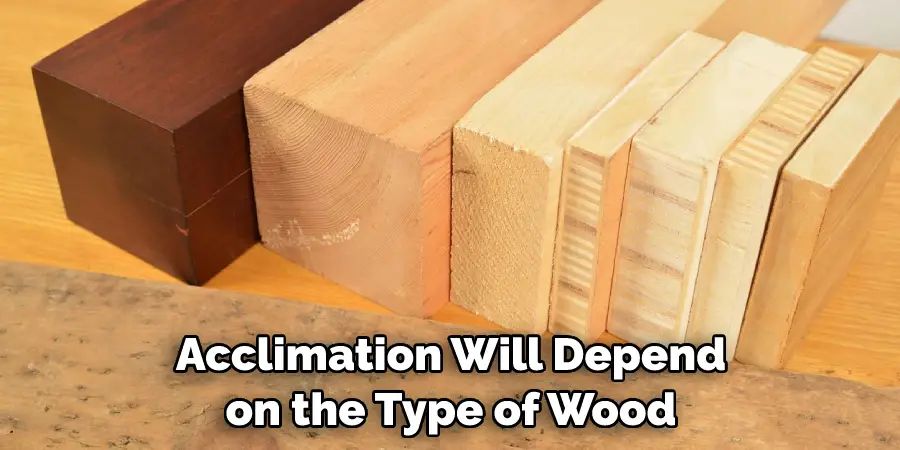
Common Mistakes to Avoid When Acclimating Hardwood Flooring
When installing hardwood flooring, acclimation is an essential step that cannot be skipped. This process involves allowing the flooring to adjust to the environment it will be installed in, ensuring a smooth and successful installation.
Not Allowing Enough Time for Acclimation
One of the biggest mistakes people make when acclimating hardwood flooring is not allowing enough time for the process to fully complete. The general rule of thumb is that flooring should be acclimated for at least 72 hours, but this can vary depending on the type of wood and the environment it will be installed in.
Improper Storage of Flooring During Acclimation
Another common mistake is improper storage of the flooring during the acclimation process. It’s crucial to store the wood in the same environment it will be installed in, at least a few feet off the ground and away from exterior walls and windows.
Not Controlling the Environment During Acclimation
Acclimation is not only about time; it’s also about controlling the environment. The area where the flooring will be installed should have a consistent temperature and humidity level throughout the acclimation process. Fluctuations in these levels can affect how the wood adjusts and potentially lead to problems with installation and long-term durability.
Conclusion
Maintaining your hardwood floors can help keep it looking good for years to come. Start by acclimating your flooring and then follow these easy steps: let it sit in the room where you will be installing for at least 72 hours, keep the humidity between 45% and 55%, and pick a location away from direct sunlight and heating ducts.
Doing this properly while keeping an eye on temperatures can prevent further issues, protect your investment, and could even increase the resale value of your home. Remember that understanding how to acclimate hardwood flooring is essential for putting in new floors, and taking the right steps now can save you time and effort in the future. Good luck with all of your hardwood installation projects!

